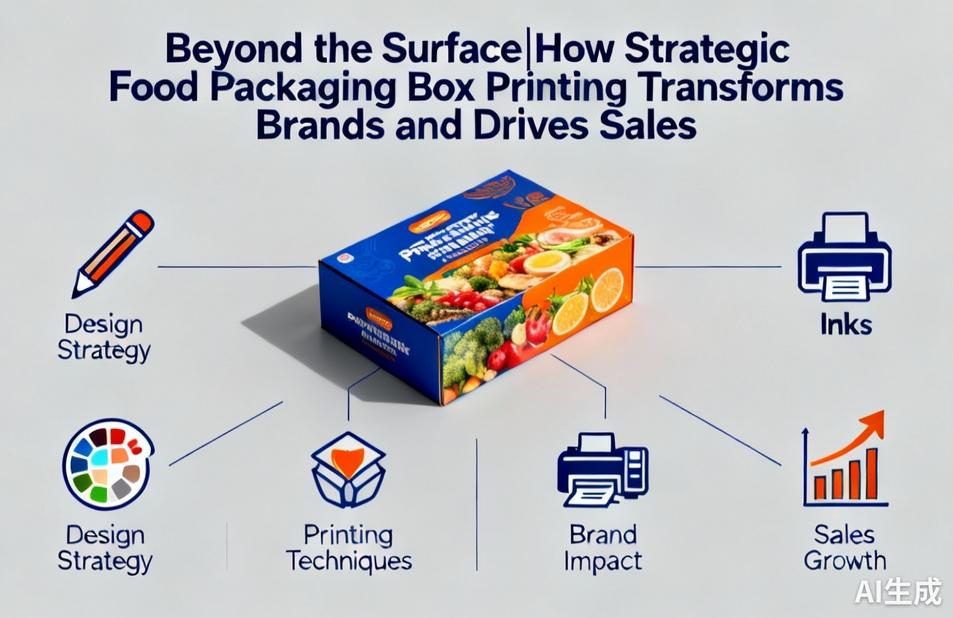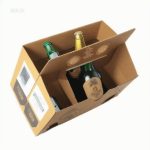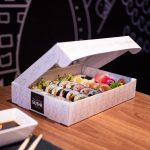
In today’s visually-driven marketplace, food packaging has evolved from mere container to powerful marketing tool. The art and science of food packaging box printing represents a critical intersection where functionality meets brand storytelling. Every printed box serves as a silent salesman, communicating quality, values, and personality before a customer even tastes the product. The strategic implementation of printing techniques can elevate ordinary packaging into extraordinary brand experiences that resonate with consumers and drive purchasing decisions.
The psychology behind packaging colors cannot be overstated. Research consistently shows that color influences up to 90% of snap judgments about products. Warm tones like red and orange can stimulate appetite, while green often signals natural or organic qualities. Premium food brands frequently employ metallic inks and foil stamping to convey luxury, whereas eco-conscious companies might choose muted, earth-toned palettes with recycled texture finishes. The choice isn’t merely aesthetic—it’s a calculated business decision that directly impacts consumer perception and purchasing behavior.
Modern printing technologies have revolutionized what’s possible in food packaging. Digital printing allows for cost-effective short runs and personalized packaging, while flexographic printing delivers consistent quality for mass production. Advanced techniques like embossing, spot UV coating, and die-cutting create tactile experiences that engage multiple senses. These technical capabilities enable brands to create packaging that not only protects the product but becomes part of the product experience itself, from the satisfying unboxing moment to the reusable container that lives beyond the initial purchase.
Beyond aesthetics, regulatory compliance remains paramount in food packaging printing. All printed materials must meet food safety standards, with ink formulations carefully selected to prevent chemical migration. Smart packaging innovations now incorporate QR codes that trace product origins, augmented reality features that bring packaging to life, and temperature-sensitive inks that indicate freshness. These functional printing elements build consumer trust while providing added value that distinguishes brands in crowded marketplaces.
Sustainability has become non-negotiable in contemporary packaging design. Environmentally conscious printing practices include using soy-based or water-based inks, selecting FSC-certified papers, and minimizing ink coverage to facilitate recycling. Many forward-thinking companies now incorporate educational messaging about their sustainable printing choices directly on the packaging, turning the box itself into a platform for environmental advocacy that resonates with today’s eco-aware consumers.
The return on investment for well-executed packaging printing manifests in multiple dimensions. Eye-catching designs increase shelf visibility, while premium finishes justify higher price points. Consistent branding across product lines builds recognition and loyalty. Perhaps most importantly, Instagram-worthy packaging generates valuable organic marketing as consumers share their unboxing experiences across social media platforms. In the digital age, your packaging doesn’t just sit on shelves—it travels through social feeds and into homes worldwide.
Successful food packaging printing requires collaboration between brand vision and printing expertise. Working with experienced printers who understand food industry regulations, material specifications, and design optimization ensures that creative concepts translate effectively into manufacturable realities. The most impactful packaging solutions emerge when brands view printing not as an afterthought, but as an integral component of their product development and marketing strategy from the earliest stages.
As consumer expectations continue to evolve, food packaging box printing will undoubtedly embrace new technologies and sustainable innovations. From smart labels that interact with smartphones to compostable materials with vibrant print quality, the future promises even more sophisticated integration of form and function. Brands that recognize packaging as a crucial touchpoint in the customer journey—and invest accordingly—will enjoy distinct competitive advantages in the increasingly visual marketplace of tomorrow.




Leave a Message